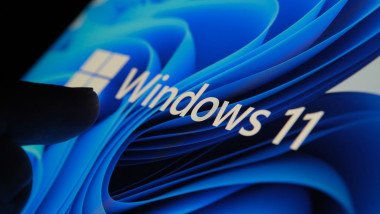Windows 11 IoT LTSC 2024 arrives making TPM and Secure Boot optional — lower storage requirements, too

There have been multiple accounts created with the sole purpose of posting advertisement posts or replies containing unsolicited advertising.
Accounts which solely post advertisements, or persistently post them may be terminated.